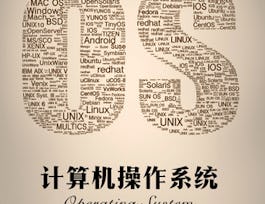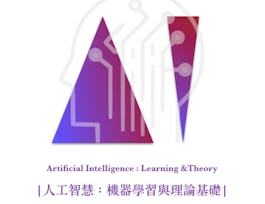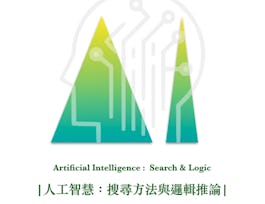課程介紹 (About the course)
This course will introduce computer programming in C. We will cover basic operations about computer, then move on to how to write computer program in a language called C. Various C concepts will be introduced. 授課形式 (Course format) We will have video lecture to introduce the concept of programming. The video will switch between the presentation slides and the actual coding process. After that we will have weekly programming homework to ensure that the students are able to practice what they learned from the video presentation. The students will practice on ideone.com, a web platform for compiling and running computer programs. 修課背景要求 (Recommended background) No special prior computer knowledge is required. However, the students are expected to be able to use a web browser, has basic English vocabulary, and arithmetic skills of junior high school graduates.


















